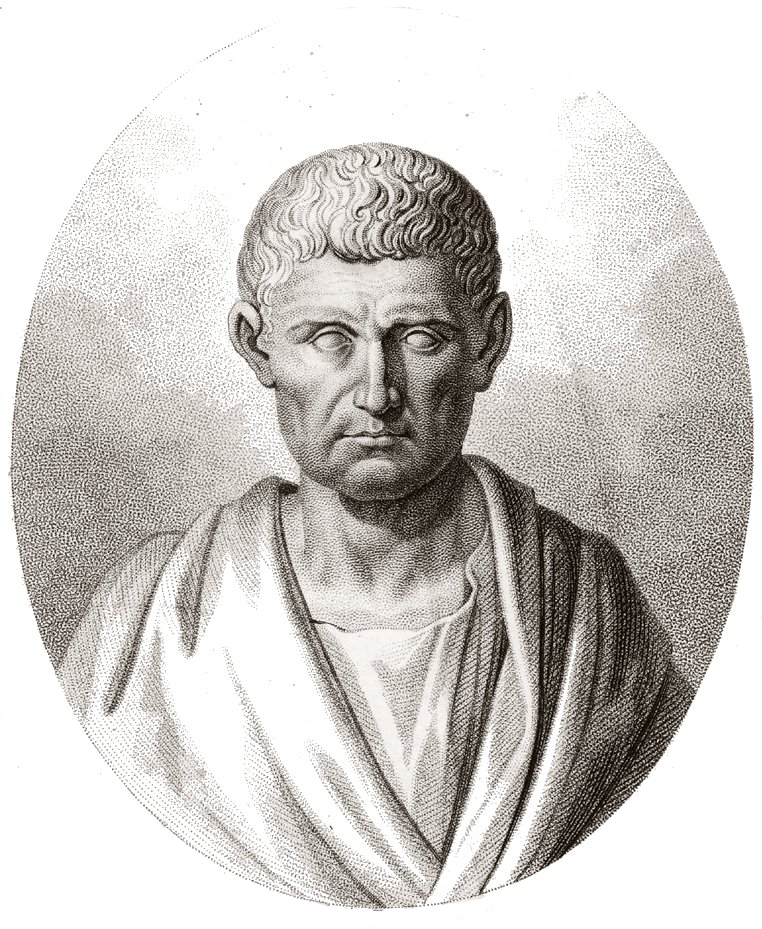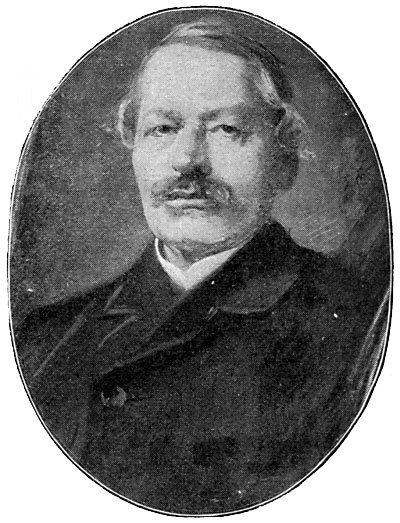Yep, every writer has a different technique to deal with writer’s block. Some swear by doing dishes, going for a walk, or some other physical activity. Others like to brainstorm their way out of the block. Still others meditate, or write down what they want to accomplish the next day before going to bed, or put out prayers and offerings to the universe, or carry a charm like Dumbo grasping that feather as he falls from the top of the burning building. But to actually produce a work, you can’t rely on those clowns to catch you in their net.
Writers block is not a disease. It’s not a writer’s malfunction. It’s a process problem. It’s a signal that as a writer you’re doing something out of order or from the wrong approach. And it’s always caused by exactly the same thing: Editing instead of Creating. (Conversely, Creating instead of Editing can cause delay, and an extended writing process.)
I got to thinking about this again yesterday after speaking with a fairly bright poet who was working as a carver at a restaurant buffet. He pined about how he had worked on dozens of poems, and was working on a novel, of which he had written 100 pages, and then found himself stymied. Full on block.
Most books on writer’s block focus on how to overcome it, through exercises, visualizations, distractions, and other tricks. But very few (only a couple come to mind) actually deal with the psychology of the block.
It’s akin to method acting — those actors who only use method acting as a tool in their arsenal to deconstruct a role and perform it usually have to follow the method precisely without interruption, or they can’t produce a complete performance. But have you ever tried to engage them in a conversation backstage? They get irate because you interrupted them while they were trying to “get into character,” even if it’s to let them know that a set piece has been moved for safety reasons, or that the understudy will be playing opposite them. Then they proceed to be thrown off when the set piece isn’t where they expect it to be, or the understudy delivers the line slightly differently and their response feels emotionally inappropriate to the understudy’s delivery of her lines. The actor who survives this kind of real-world pathos usually does so because “method” acting is neither the primary or only technique in their toolbox.
The key to successful performance for the actor is adaptability. No one approach is appropriate for all roles in every play in every production for any actor. It requires a thoughtful adaptation of the actor’s abilities, applying techniques and tricks, filtered through their experience and rehearsal, and listening and reacting to the audience and fellow actors. And even then, no two performances will ever be the same.
This idea also holds true for writer’s block – no personal technique will work every time, no trick learned from Writer’s Digest will be equally applicable in every circumstance, and sometimes the characters you’re writing just outright refuse to cooperate, whether you’re using your favorite pen on paper, blind typing, or dictating to your iPad 3. Eventually you will hit a point when the ink stops flowing, and the character crosses her arms and squints at you petulantly.
So, how does one get past the writer’s block? Purchase dozens of books on writing? Go for a walk? What if you’re on a deadline to get that last draft in? There’s no time to go through all of the tricks in the bag. So what to do? The key is in understanding what creates block to begin with, then disengage from it.
To understand writer’s block, one first has to understand a psychological model of creativity. Not too closely, of course, because as all creative types have noticed at one time or another, if you examine the mechanism too closely it eventually stops working. The idea is to understand just enough to diagnose how to step beyond the block. So, in one sentence, here’s the model I use to break through the block: The brain essentially has two functions when it comes to writing – Creativity, and Criticality.
The Creative mind kicks in whenever you brainstorm, or daydream, or when the words are flowing onto the paper. It’s the Muse of the subconscious communicating with the outside world through image, idea, smells, colors, essentially anything experiential. It’s the difference between a cloudless sky, and an effulgent sky bleeding its cerulean through the pikestaffs of the distant army of trees. Creativity works best when it is observed only peripherally. Look it in the eye and the Muse runs and hides. But play by yourself and she sneaks up on you, insisting on joining in the fun.
The Critical mind, on the other hand, is a bit of a brute and a bully, but one that is all too necessary to complete a piece. It likes to pick things apart to its finest detail. Left to its own devices, the Critical mind would disassemble a glass of water into a pile of oxygen atom and a pile of hydrogen atoms, and not content to let things go, continue to disassemble the glass into its constituent parts too.
So how do you get the Creator and the Critic to play nice with each other, to help you as a writer get to a completed product? If they were children, you’d be forced to separate them. They just don’t get along. Having the two of them living in the same brain — your brain — can be a struggle. So you have to set some ground rules to make it easier on the Creator, the Critic, and yourself.
First, never try to let both loose on the same work at the same time. This is by far the most common cause of writer’s block, and the easiest to fix if you can diagnose it. It requires completing the first draft before you ever sit down to edit. It also requires separate distinct passes at the manuscript: one to identify problems (the Critic’s job) and one to fix the problems (the Creator’s job).
This seems counterintuitive to many writers. We’ve all experienced drafting a piece and realizing halfway through the first paragraph that our focus was wrong, that we’ve introduced the same character with multiple names, that the physical setting is wrong for the emotional setting of the scene, that Toni was wearing sandals at the beginning of the scene and now has Chuck Taylors.
This usually leads to our questioning whether the story is valid, if we’ve got a good handle on the subject matter, if we’re even ready to begin writing the piece. And we’re suddenly in block, because we’re criticizing the work before it’s even been created.
There are many techniques to get around block, but the best is to prevent it from ever showing up. Here are a few tricks to prevent writer’s block from rearing its ugly head, and a few ideas on how to quickly remove it.
- Keep a second notebook nearby. What sometimes happens while you’re writing is an idea occurs to you that is tangential to the story — a plot hook, a new character to act as a dramatic foil — or you realize that something you’ve written may be inaccurate and requires some research, or there’s something you think might be contrary to something else you’ve written in the work. Don’t stop writing to do the research or verify the continuity or figure out how to work the new bit in. Jot it into a notebook to examine later, when you’re in Critical mode.
- Use MS Word’s Comments feature. Similar to using a notebook, you can embed comments in Word documents that can later be resolved after you’re done writing the first draft. Take caution, however, not to go back to resolve any of these issues until you’ve completed the entire first draft. Changing something as simple as a character name throughout your manuscript before you complete it can be sufficient for your Creative subconscious to not recognize the character that it’s been working with, and drastically change the story.
- Don’t fix the manuscript while you’re critiquing it. This does the opposite of undermining your creativity. It undermines the critic, and can introduce errors in the flow of the story or its internal consistency. Mark up your physical manuscript with green or purple pens for errors and observations. (Red tends to set us off subconsciously, because we all remember those teachers’ comments on tests and papers that made us feel like we didn’t really know our subject matter. Looking at red markups of our manuscripts can create or reinforce block.)
- Step away from the desk. When you’ve finished either Creating or Critiquing, before stepping into the next phase, do something to change your workspace. We have a tendency to associate our physical surroundings with the activities we pursue in them. Psychologists recommend removing your television from your bedroom to get a better night’s sleep for this reason — when you watch TV, you’re mentally engaged, so your body will try to fight off sleep to remain engaged. Try printing out your manuscript and sitting in a different position or place when you edit it. I use a corner chair with a window, lamp, and a table for a drink next to it. If I haven’t completed editing, the manuscript remains on the seat of the chair to prevent me from sitting down to write there.
- Work on two stories at once. If you work on multiple pieces at the same time, consider limiting your work to 2 manuscripts. Allow your Creative mind to run free on one, while your Critical mind is engaged with the other. This can be a little tricky since both the Creative and Critical minds, once engaged, like to take on new projects, and may even see the other work as a refreshing challenge. But, once you’ve gotten proficient at acknowledging and quieting the unwanted voice, it allows you to be more productive and duck away front eh block entirely.
- Take a field trip. If you find yourself really deep in block, or are having difficulty in reigning in the Critic or the Creator, try amusing the offended party — go to a museum to distract the Critical mind, to allow it another outlet for its nitpicking (the artists are dead and won’t mind); or try listening to classical music while you edit to misdirect your inner Creator for a bit so that your Critic can work. A walk in the woods or along a beach can also do wonders for both.
The key to keeping the Creative and Critical minds happy is to acknowledge that what they are trying to add at the moment has value, and to pay attention to it, but don’t cater to it. If the Critical mind demands attention while you’re creating, record what it has to say and make a promise to yourself (that you’ll keep!) to address it in a timely manner after you’ve finished creating. And do the same for the Creative mind while you’re Critiquing. Think of them like siblings – you can’t treat one as a favorite and neglect the other — that leads to acting out, and stubborn resistance. Instead, acknowledge them when they pipe in, reward them with praise, but put your foot down and send them for a time out if they start fighting with each other.



